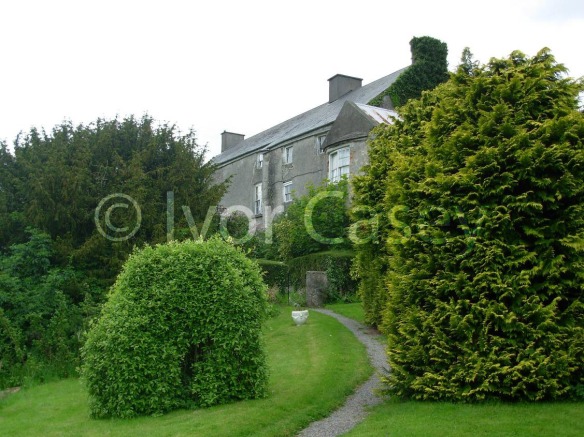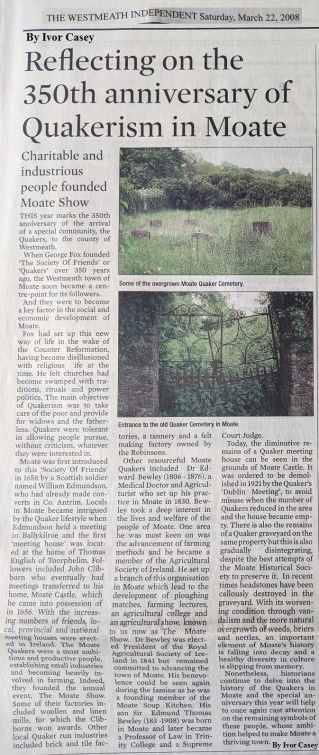IT has been 50 years since a petty thief suddenly decided to change his ways after listenting to Elvis Presley sing “It’s Now or Never” while in prison. This thief would go on to become one of the most cherished love singers of all time. His voice has often been compared to the feeling of melting caramel. A description of the lustful, lascivious and libidinous sounds of Barry White who became known as ‘the Guru of love’ for his lush bass and velvet voice. A silky smooth, sultry voice highlighted in such sexually charged songs as “Can’t Get Enough Of Your Love Babe” and “Just The Way You Are”. Sexually flavoured and deliciously romantic numbers, which instinctively set the scene for dimmed lights, candles, slow undressing and body contact.
Born into a humble environment on 12 September 1944, in Galveston, Texas, Barry moved to Los Angeles where he spent the rest of his childhood with his brother and single mother. White explained that he was shocked by his unusually deep vocals, which emerged over night when he was still a teenager. From a young age he discovered an enthusiasm for music and began performing with a Baptist choir. However, as a teenager his musical interests took a back-seat to his life in petty crime and in 1961 he was sentenced to five months in prison for stealing tyres.
It was while in prison that Barry was once again inspired by the allure of music when he heard Elvis sing. The song was a calling and reached out to young Barry who suddenly realised that it was time for him to do something special with his life. Throughout the 1960’s White tried desperately to succeed in the music business and began writing love songs. He became a record producer for the group “Love Unlimited” but discovered the talent to sing his own songs with his mellifluous voice, which lead to his first solo hit in 1973, “I’m Gonna Love You Just A Little More Babe”.
It was his butter smooth vocals which helped create the sensual charisma in his stimulating love songs “Let The Music Play” and “You’re The First, The Last, My Everything”. The soulful, suggestive and sensuous performer sold over 100 million records and had a career that spread further than three decades. He became a master of 1970’s disco and funk with the hits, “Love’s Theme” and “Never Gonna Give You Up” and his effortless but distinctive talent mesmerised millions of lovers across the world. It has been claimed the orgiastic sensations of his music helped influence the baby boom of the 1970s across America. His music’s overtly sexual connotations were extremely high pitched as the tantalising, thrusting and throbbing erotic power in both the lyrics and his vocals created a salacious, sensual and steamy sensation. Songs such as “It’s All About Love” and “Oh Me, Oh My, I’m Such A Lucky Guy”, with the deep breathing and gentle groans of satisfaction, were highly representative of passionate sexual intercourse in the most romantic, virtuous and celestial ways.
Barry’s career took a downfall in the 1980’s and his attempts at staging a comeback failed until his 1994 album release of “The Icon Is Love”, which became his next great hit. He enjoyed a return to concert performances and the charts throughout the 1990’s and appeared on the TV shows The Simpsons and Ally McBeal and performed a duet with Luciano Pavarotti. Unfortunately, too much touring took its toll and he was hospitalised several times for exhaustion. His health began to decline and he had severely high blood pressure. Between September 2002 and May 2003 he suffered from kidney failure and suffered a stroke which affected his voice and the left side of his body. He had been undergoing dialysis treatment and was awaiting a kidney transplant when he suddenly died at Cedars-Sinai medical centre in Los Angeles on 4 July 2003.
Barry White produced a genuine understanding of sensorial music by being a natural, instinctive and suave performer. His recordings have enjoyed great success to this day and while testosterone levels remain rampant and consenting couples with high sex drives desire seductive songs, he will continue to be a tremendous and timeless talent, never to be forgotten for those provocative, permeating and penetrating sounds.
– Ivor Casey






